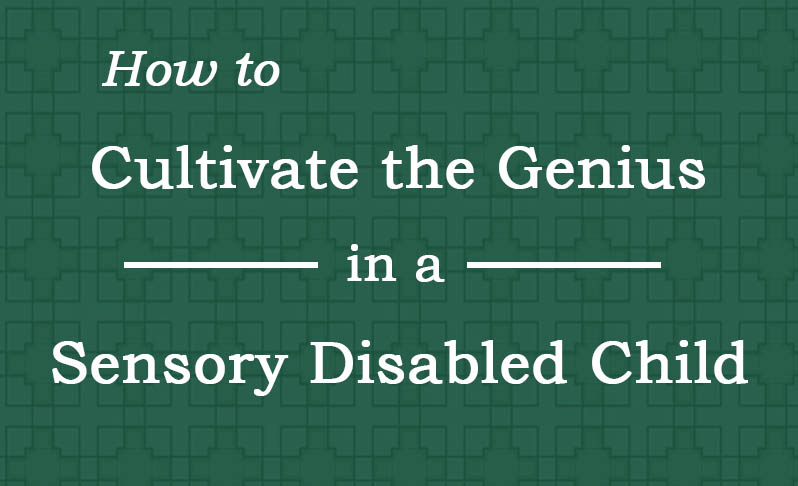In last week’s post I discussed how to become a playful artist with a sensory needs child. This is an important topic because playing in the arts is an intervention that stimulates the limbic brain. It invites collaboration which evokes the natural genius in both the adult and child.
The power of presence, creativity, and human connection is the stuff of the miraculous. (Tweet this quote.) The expressive movement of arts, storytelling, floor play, active mirroring, attuned contact, and a practice of witnessing and listening are low cost and effective tools for limbic stimulation.
Why Limbic Stimulation Is Critical in Sensory Integration Therapy
Limbic stimulation is the exchange that occurs–silently or in words or actions–when the minds and hearts of an adult and a child are in sync.
The adult’s role is to be inquisitive about who the child is and to be stable, anchored, and present. When the adult is not distracted but fully attuned to the child from the child’s point of view, their interactions help to organize the child’s limbic brain. The child then feels like he or she is being seen, heard, loved, and valued. This is relational peace. It calms the primitive brain that is alert to any lack of safety, allowing the limbic brain–fueled by relationship–to flourish.
Children with sensory disturbances are particularly sensitive to others and so for them this communion is vital nourishment. Nevertheless, this quality of limbic stimulation will benefit any child and bring out the genius in them, particularly when it is repeated and sustained as a baseline for relational life.
Using Technology, Storytelling, and the Arts for Limbic Stimulation
Stories can easily be adapted into technological formats. They can become videos or animations. The number of videos produced by the neurodiverse community testifies to this premise. Storytelling requires human contact so that you engage directly with a child about their experience. All uses of technology must include this adjunct for positive limbic stimulation. If you use a technological or augmentative device, be sure that it is not used to avoid face to face and eye to eye contact. Nothing replaces the power of human exchange for limbic stimulation. Incorporate human connection by having dialogues about experiences with technology. Reference internal feeling in animated, intelligent and expressive ways.
8 Limbic Stimulation Exercises to Bring Out the Natural Genius In a Sensory Disabled Child
- Play actively on the “Playground of Development” with neurodiverse children in the ways that they invite you. Share their experience at their level. Do not hover above them.
- Consistently make appropriate eye contact. Do not be discouraged if children do not appear to reciprocate. Attune to their tolerance and continue to make contact in accordance with that tolerance.
- See the health in all children and youth despite sensory processing differences and engage with that health. Celebrate it. Put aside all diagnoses for intervals of engagement and tracking. Give everyone a break from the labeling.
- Allow your creativity to flow. Enter the child’s world. Inhabit it with them. Enjoy yourself! Relax your insecurities and inhibitions. This is about reciprocal fun. It will become effortless.
- Inquire into the origins of brilliance and gifted-ness from a child’s earliest beginnings. Become curious about who they are and who they revealed themselves to be from the time they presented themselves. Be the child’s historian and anthropologist, tracking their development with an open mind and without focusing on disability.
- Emphasize inclusion in all dialogues and conversation. Do not be hampered by whether or not a child is verbal. Speak intelligently. Do not use baby talk or be overly effusive. Do not be daunted if others comment that the child cannot understand what you are saying. Attend to the child’s responses and have faith in them.
- Enter the innocent simplicity that is the child’s foundation of being. It is from this place of innocent clarity that truth emerges, unburdened by assumptions and evaluations. Great discoveries can emerge from this heart centered open mindedness.
- Identify and focus on what is present in a child, not what is absent.
In my years of serving families I have found that the greatest challenge to limbic stimulation is not the children’s resistance or behavior. It is empowering parents to feel confident and daring enough with their creativity and imagination to be spontaneous and engaged.
To empower children and youth with sensory processing difficulties we need to be innovative and present, empathetic, and attuned. (Tweet this quote.) We must be devoted to the faith that adults can rise up to meet this compelling need and that they will have fun doing so. Engaged, creative limbic stimulation is inherently joyful and offsets the strenuous demands of the hard work that is required every day to provide for children with sensory needs.
You are not alone in looking for a companion, confidant, and friend throughout your journey as a caretaker for a sensory needs child. My book is abundant with the guidance and inspiration you need to reclaim the power of human contact for brain resiliency, sensory integration, and well-being. There are also communities of advocating parents, therapists, and educators available online.
Author
 Dr. Stephanie Mines is a psychologist whose unique understanding comes from her academic research as well as her extensive work in the field. Her stories of personal transformation have led many listeners to become deeply committed to the healing journey. Dr. Mines understands shock from every conceivable perspective. She has investigated it as a survivor, a professional, a healthcare provider, and as a trainer of staffs of institutions and agencies.Meet Stephanie.
Dr. Stephanie Mines is a psychologist whose unique understanding comes from her academic research as well as her extensive work in the field. Her stories of personal transformation have led many listeners to become deeply committed to the healing journey. Dr. Mines understands shock from every conceivable perspective. She has investigated it as a survivor, a professional, a healthcare provider, and as a trainer of staffs of institutions and agencies.Meet Stephanie.



